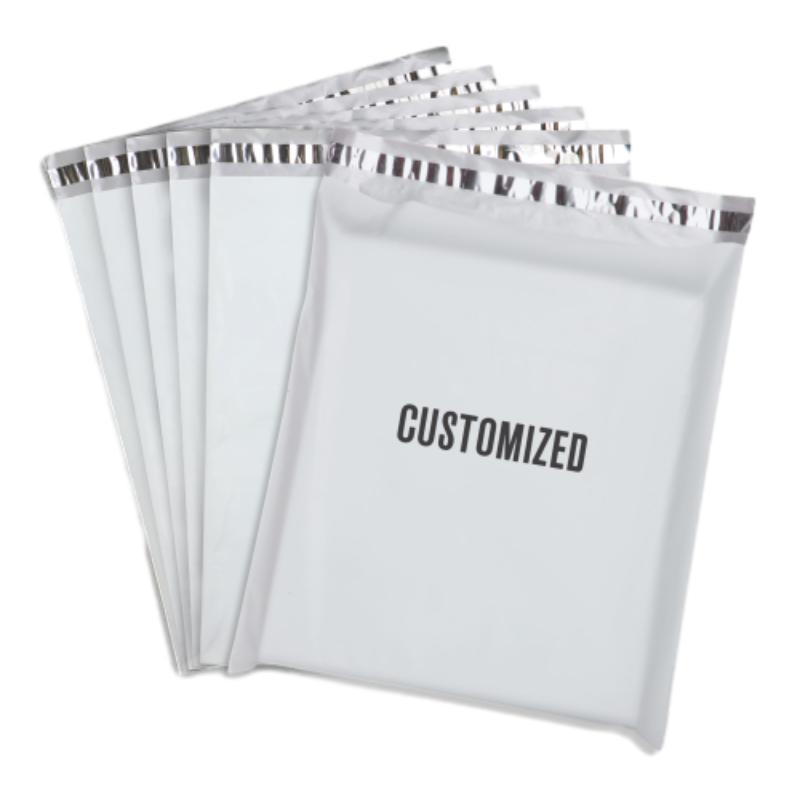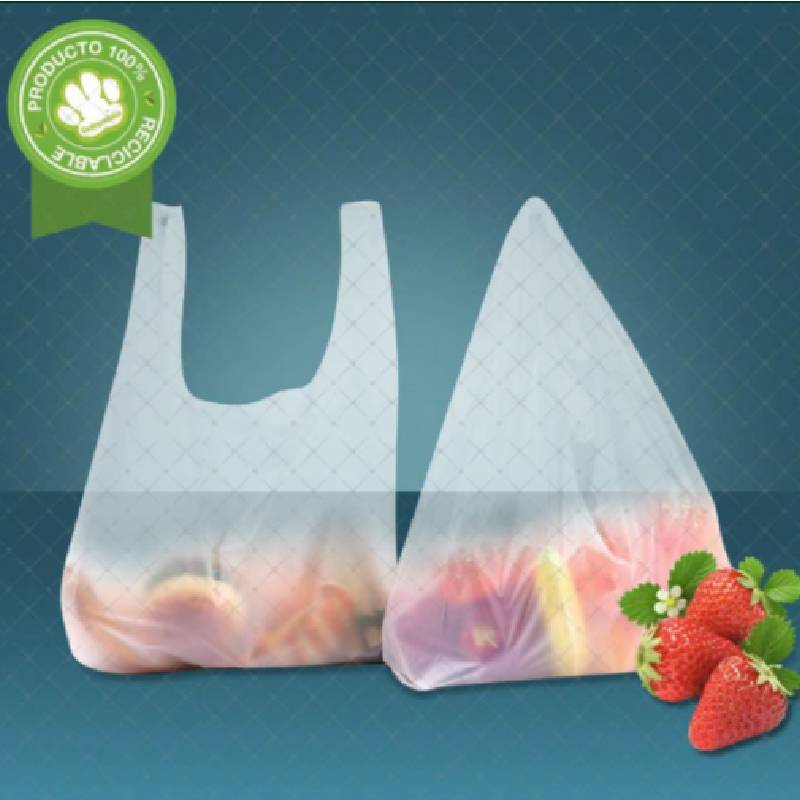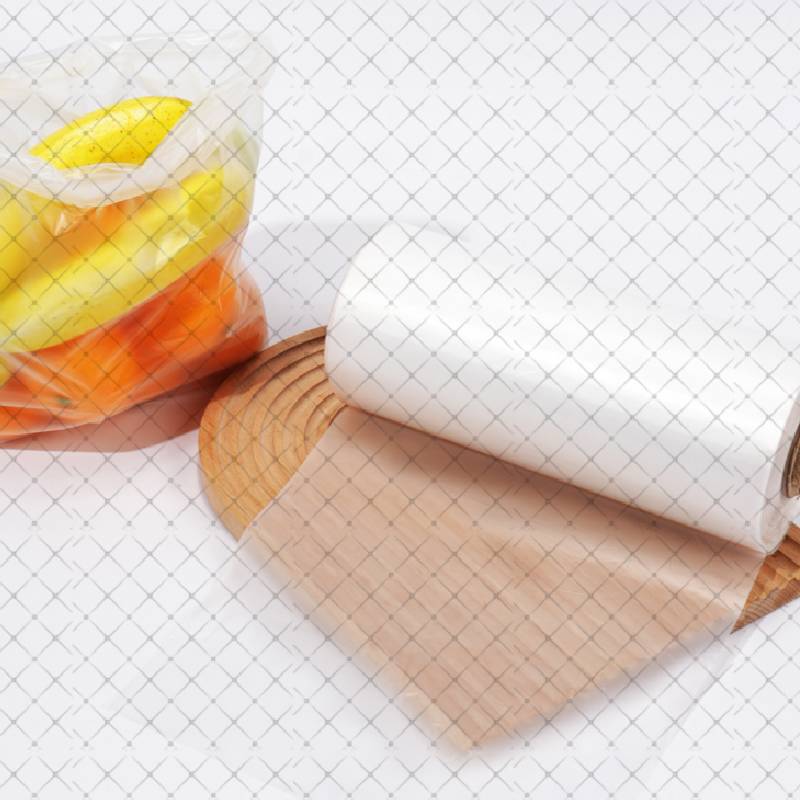Superior PE Cling Wrap: Food, Packaging & Stretch Film
Unveiling the Advanced Properties of Food-Grade PE Food Wrap
In today's dynamic packaging industry, the demand for versatile, safe, and efficient food preservation solutions is paramount. Among various materials, pe cling wrap stands out as a superior choice for a multitude of applications, ranging from domestic food storage to industrial-scale packaging. This comprehensive guide delves into the intricate details of polyethylene (PE) food wrap, exploring its critical role in modern food preservation, its advanced technical specifications, and the rigorous manufacturing processes that ensure its quality and compliance. Understanding the nuances of materials like PE packaging film and PE stretch wrap is crucial for businesses seeking optimal solutions for hygiene, shelf-life extension, and economic efficiency.
The market for PE food wrap is continuously evolving, driven by innovations in polymer science and increasing consumer awareness regarding food safety and sustainability. Industry trends indicate a shift towards thinner yet stronger films, improved barrier properties, and enhanced adhesion without compromising food safety standards. Our Food-grade PE Food wrap, specifically engineered for direct food contact, exemplifies these advancements, offering unparalleled clarity, flexibility, and resistance to tearing and puncturing. This commitment to quality ensures that perishable goods retain their freshness, flavor, and nutritional value longer, minimizing waste and enhancing consumer satisfaction across various sectors.
Technical Specifications and Performance Metrics
The performance of pe cling wrap is defined by a set of precise technical parameters that dictate its suitability for specific applications. Understanding these metrics is vital for procurement specialists and technical teams. Our Food-grade PE Food wrap is manufactured to meet stringent international standards, ensuring optimal performance in diverse environments. Key parameters include film thickness, typically measured in microns (µm), which directly impacts its tear resistance and cost-efficiency. Density, often expressed in g/cm³, determines the film’s strength and rigidity. For instance, films made from Low-Density Polyethylene (LDPE) are known for their flexibility and clarity, while Linear Low-Density Polyethylene (LLDPE) offers superior tensile strength and puncture resistance.
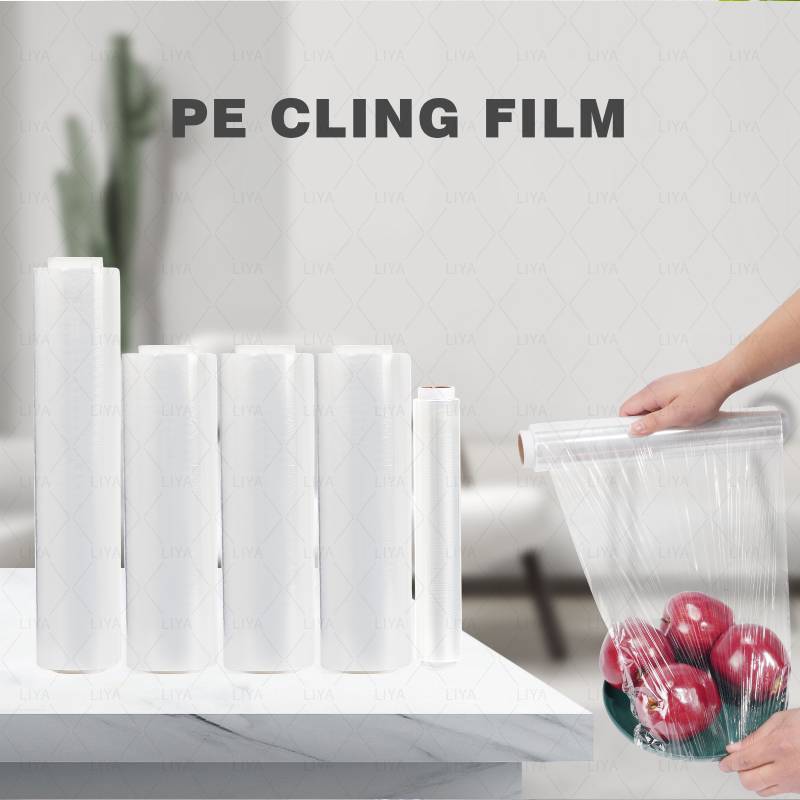
Figure 1: Illustration of a modern PE film extrusion line, emphasizing precision and quality control.
Furthermore, critical mechanical properties such as tensile strength (measured in MPa), elongation at break (as a percentage), and tear resistance (in g/mm) are rigorously tested. These properties ensure the film can withstand handling, stretching, and sealing without compromise. Oxygen Transmission Rate (OTR) and Water Vapor Transmission Rate (WVTR) are crucial barrier properties that quantify the film's ability to protect food from spoilage agents. Lower OTR and WVTR values indicate superior barrier performance, extending the shelf life of sensitive products. Our films consistently achieve optimal values for these metrics, making them ideal for high-demanding food packaging applications.
Typical PE Cling Wrap Specifications
| Property | Unit | Typical Range (LDPE/LLDPE) | Food-grade PE Food Wrap (Liyabiobag) |
|---|---|---|---|
| Thickness | µm | 8 - 25 | 10 - 20 (Customizable) |
| Tensile Strength (MD/TD) | MPa | 15-30 / 12-25 | ≥ 25 / ≥ 20 |
| Elongation at Break (MD/TD) | % | 400-700 / 500-800 | ≥ 600 / ≥ 700 |
| Tear Resistance (MD/TD) | g/mm | 50-100 / 80-150 | ≥ 70 / ≥ 100 |
| Puncture Resistance | N/µm | 0.05-0.15 | ≥ 0.12 |
| Light Transmittance | % | >90 | >92 |
| Oxygen Transmission Rate (OTR) | cc/m²/day | 6000-9000 | ≤ 7500 |
| Water Vapor Transmission Rate (WVTR) | g/m²/day | 10-20 | ≤ 15 |
Advanced Manufacturing Process of PE Food Wrap
The production of high-quality pe cling wrap involves a sophisticated multi-stage manufacturing process, predominantly utilizing extrusion technology. The primary material is high-purity polyethylene resin, typically food-grade LDPE or LLDPE granules. These resins are chosen for their non-toxic properties, flexibility, and excellent adhesion characteristics suitable for food contact. The manufacturing process generally begins with the melting of these PE granules in an extruder, where they are heated to a molten state and then forced through a die to form a thin film. This can be achieved via two main methods: blown film extrusion or cast film extrusion.
In blown film extrusion, molten polymer is extruded through an annular die, forming a tube that is then inflated with air to create a bubble. This bubble is stretched vertically and radially, achieving biaxial orientation that enhances the film's strength and barrier properties. After cooling, the bubble is collapsed and wound onto rolls. Cast film extrusion, on the other hand, involves extruding molten polymer through a flat die onto a cooled casting roll. This method typically results in films with superior clarity, gloss, and consistent thickness. Regardless of the method, precision temperature control, extrusion speed, and cooling rates are critical to achieve the desired film properties, including uniform gauge, elasticity, and tackiness.
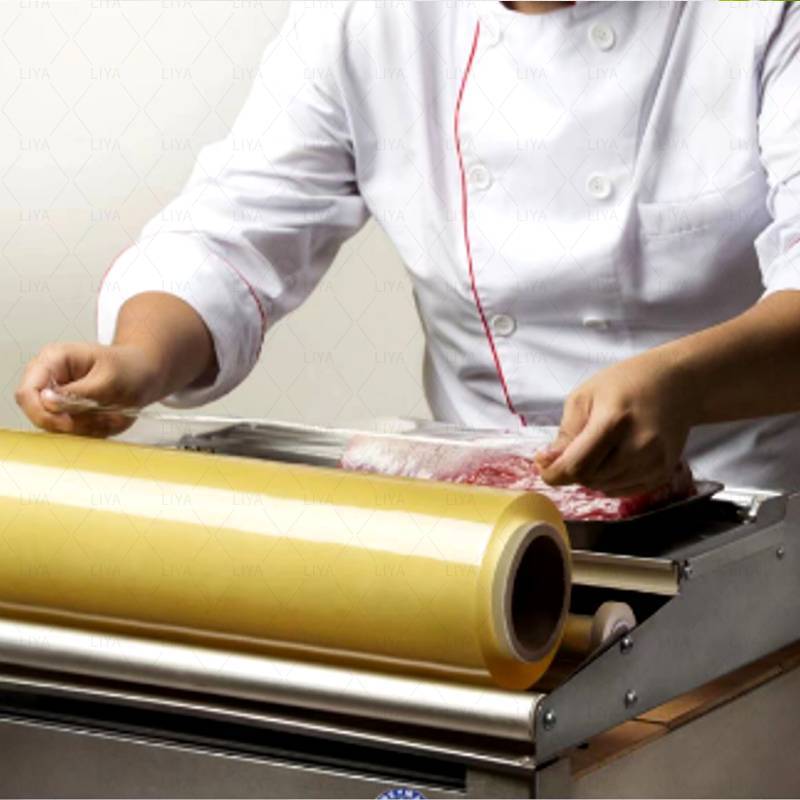
Figure 2: Demonstrating advanced quality control measures during the production of food-grade PE film.
Throughout the manufacturing cycle, rigorous quality control measures are implemented. This includes continuous online monitoring of film thickness, width, and surface quality. Post-production, batches undergo comprehensive laboratory testing for mechanical properties (tensile strength, elongation, tear, puncture), optical properties (haze, gloss, clarity), and critical barrier properties (OTR, WVTR). Our facility adheres strictly to international standards such as ISO 9001 for quality management and FDA regulations for food contact materials, ensuring that every roll of Food-grade PE Food wrap meets the highest benchmarks for safety and performance. The typical service life of our films, when stored and used correctly, is extensive, ensuring long-term product integrity for end-users in sectors like retail, catering, and food processing.
Applications and Distinct Technical Advantages
The versatility of pe food wrap makes it indispensable across numerous industries, primarily driven by its exceptional technical advantages. In the food sector, its primary application lies in preserving freshness and extending the shelf life of perishable goods such as fruits, vegetables, meats, and baked goods. Its superior cling properties allow for tight sealing, creating a protective barrier against external contaminants, moisture, and odors. This leads to significant reductions in food spoilage, contributing to both economic savings and environmental sustainability by minimizing waste. The film's high transparency also enables clear visibility of the packaged product, enhancing consumer appeal in retail environments.
Beyond direct food contact, PE packaging film finds extensive use in protecting goods during storage and transit. Its flexibility and stretchability make it an ideal PE stretch wrap for palletizing, securing loads, and preventing shifting or damage. In industrial settings like distribution centers and manufacturing plants, this translates into improved operational efficiency and reduced product loss. The film's inherent resistance to common chemicals and solvents also contributes to its robust performance in challenging industrial environments, ensuring product integrity from the production line to the end consumer. Our Food-grade PE Food wrap specifically excels in applications requiring direct food contact, such as supermarket fresh produce sections, commercial kitchens, and food processing plants, where hygiene and preservation are non-negotiable.
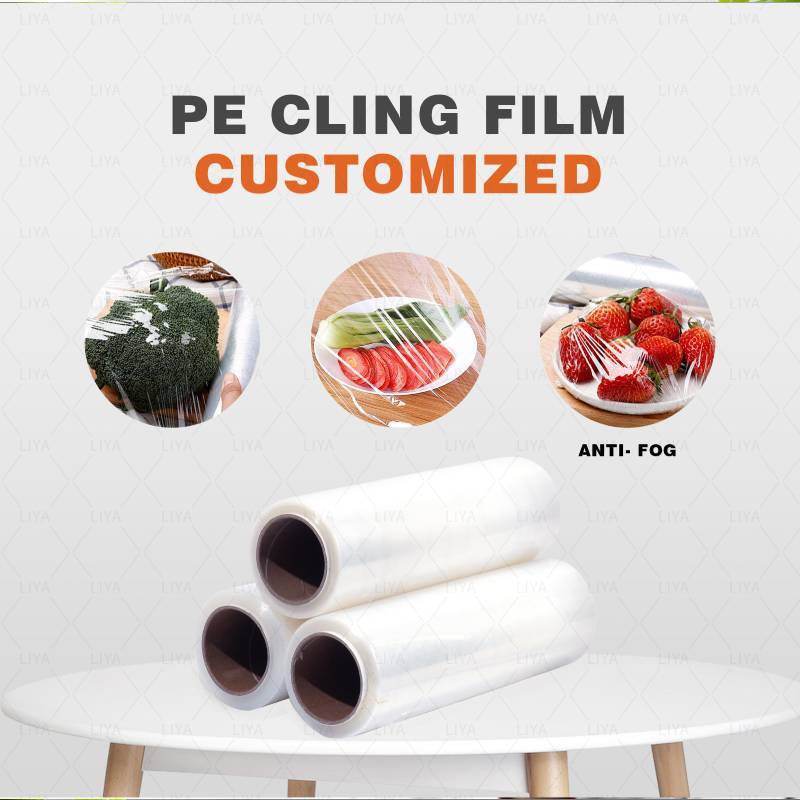
Figure 3: Diverse applications of PE food wrap in commercial and industrial settings.
A key advantage is its ease of use with various wrapping machines, from manual dispensers to high-speed automatic wrapping equipment, ensuring seamless integration into existing packaging lines. Our films are engineered for excellent tear initiation and clean cutting, further enhancing operational efficiency. The non-toxic and BPA-free nature of our Food-grade PE Food wrap ensures full compliance with global food safety regulations, including FDA and EU standards, providing peace of mind for B2B clients operating in highly regulated markets. This unwavering commitment to safety and performance makes it a preferred choice over alternative materials in sectors where product integrity is paramount.
Customization and Partnership Advantages
Recognizing the diverse requirements of industrial clients, we offer extensive customization options for our pe cling wrap products. This includes varying film thicknesses (from ultra-thin 8µm films for light-duty applications to robust 25µm films for heavy-duty protection), widths, and roll lengths to perfectly match specific packaging machinery and operational needs. We can also tailor specific properties such as enhanced cling, improved anti-fog characteristics for refrigerated displays, or specialized UV protection for outdoor applications. Our technical team works closely with clients to understand their unique challenges, offering bespoke solutions that optimize performance and cost-efficiency.
When considering manufacturers for PE packaging film, discerning buyers prioritize proven expertise, consistent quality, and reliable customer support. Liyabiobag has established itself as an authoritative leader in the field, backed by years of specialized experience in polymer film manufacturing. Our commitment to continuous innovation is reflected in our state-of-the-art production facilities and our dedicated R&D department, which constantly explores new materials and processes to enhance film performance and sustainability. We maintain transparent communication regarding our delivery cycles, offering predictable lead times and efficient logistics to ensure timely supply for our global clientele, reinforcing our reputation for trustworthiness.
Why Partner with Liyabiobag for Your PE Cling Wrap Needs?
- Certified Quality: ISO 9001 certified manufacturing and FDA-compliant materials, ensuring superior product safety and reliability.
- Technical Expertise: Decades of experience in polymer science and film extrusion, providing deep insight into material properties and application challenges.
- Customization Capability: Flexible production lines to meet specific thickness, width, length, and performance requirements for PE stretch wrap.
- Reliable Supply Chain: Efficient production capacity and robust logistics network for consistent and on-time delivery.
- Dedicated Support: Comprehensive pre-sales consultation and post-sales technical support to optimize product integration and performance.
- Sustainability Focus: Ongoing initiatives to develop more eco-friendly PE film solutions, including options for enhanced recyclability.
Frequently Asked Questions (FAQ)
Q1: What is the primary difference between LDPE and LLDPE for food wrap?
A1: LDPE (Low-Density Polyethylene) offers excellent clarity, flexibility, and good processing characteristics, making it suitable for general-purpose food wrap. LLDPE (Linear Low-Density Polyethylene), while slightly less clear, provides superior tensile strength, puncture resistance, and elongation at break, making it ideal for heavier-duty applications or where film integrity under stress is crucial. Our Food-grade PE Food wrap often leverages blends of these polymers to achieve a balance of desired properties.
Q2: Is your pe cling wrap safe for microwave use?
A2: Our Food-grade PE Food wrap is generally safe for microwave re-heating, provided it does not directly touch the food and is used according to typical microwave safe guidelines. It is designed to withstand temperatures commonly associated with re-heating without leaching harmful chemicals. However, it is not intended for high-temperature cooking, boiling, or roasting. Always refer to specific product instructions for optimal safety and performance.
Q3: What are the typical lead times for bulk orders of PE packaging film?
A3: Lead times for bulk orders of our pe food wrap vary depending on order volume, customization requirements, and current production schedules. Typically, standard orders can be fulfilled within 15-25 business days after order confirmation. For large-volume or highly customized orders, our sales team will provide a detailed delivery schedule at the time of quotation. We maintain a robust production capacity to meet diverse client needs efficiently.
Q4: Do you offer a warranty or guarantee on your PE film products?
A4: Yes, Liyabiobag stands behind the quality of its products. All our Food-grade PE Food wrap products are manufactured under strict quality control protocols and are guaranteed to meet the specified technical parameters and industry standards (e.g., ISO, FDA). In the unlikely event of product defects due to manufacturing, we offer comprehensive customer support and resolution processes. Our dedicated technical support team is available to assist with any performance-related inquiries or challenges, ensuring long-term satisfaction.
Authoritative References
- Polyethylene (PE) in Food Packaging: Properties, Applications, and Sustainability. Journal of Food Science and Technology.
- Advances in Polymer Films for Food Preservation. Annual Review of Food Science and Technology.
- The Role of Cling Film in Extending Shelf Life and Reducing Food Waste. International Journal of Food Engineering.
- FDA Regulations on Food Contact Materials, specifically Polyethylene Resins. U.S. Food and Drug Administration.
- ISO 9001: Quality Management Systems – Requirements. International Organization for Standardization.
-
Trash Bags: Choosing the Right Type and Buying in Bulk for Maximum EfficiencyNewsAug.11,2025
-
T-Shirt Bags: Lightweight, Durable, and Customizable for Retail and Food BusinessesNewsAug.11,2025
-
Poly Mailers: Lightweight, Durable Shipping for E-Commerce and LogisticsNewsAug.11,2025
-
Food Wrap Rolls & Wrapping Film: Cost-Effective Freshness for Food BusinessesNewsAug.11,2025
-
Bubble Mailers: Padded, Professional, and Ready to ShipNewsAug.11,2025
-
BOPP Bags: Durable, Printable Packaging for Bulk and Retail ProductsNewsAug.11,2025
-
Have the freedom of customizing your custom mailers any way you want! Our dedicated packaging support will help deliver you the mailing experience you need to elevate your shipping experience to the next level! Start making a strong impression on your customers and stand out from your competitors! -
LIYA uses high quality raw materials which directly purchased from large enterprises domestic and overseas such as PetroChina, Sinopec, Sabic, Equate, ExxonMobil, Dow Chemical, Total, and Borouge, ensuring the price advantage and quality of the raw materials. -
LIYA uses high quality raw materials which directly purchased from large enterprises domestic and overseas such as PetroChina, Sinopec, Sabic, Equate, ExxonMobil, Dow Chemical, Total, and Borouge, ensuring the price advantage and quality of the raw materials.


